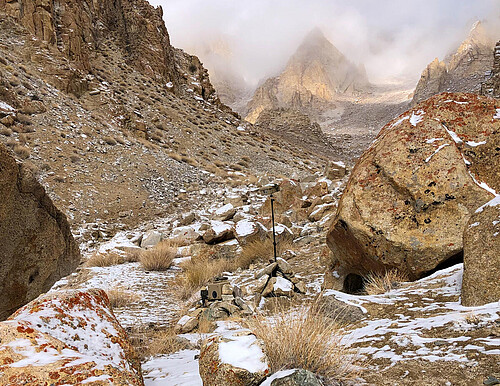Big cats have captivated people as far back as history has documented. They have held a prominent place in art and culture and are a symbol of integrity and functionality of ecosystems they live in.

On the edge
Despite our fascination with them, the number of big cats in the wild is declining.
Lions currently occupy 10% of their historical range with less than 20,000 left in the wild.
Snow leopards are classified as ‘vulnerable’ with a worldwide population potentially as low as 4,000 individuals.
Jaguars currently occupy 51% of their historic distribution, with a 20% range reduction in just 14 years.
Lions, snow leopards and jaguars are not just magnificent animals, they are also key to healthy ecosystems, and provide benefits to people and the economy.
In Asia, an estimated 330 million people live within 10 km of rivers originating in the snow leopard habitat, also known as water towers of Asia, which provide a vital source of fresh water.
In Africa, lions and the wildlife tourism industry generate more than 200 million USD every year for Sub-Saharan African countries.
In Latin America, the jaguar range represents 8.6% of the world’s land surface area but supports nearly 28% of the world’s biodiversity and provides over 17% of the world’s carbon storage and sequestration.

A Multitude of Threats
Lions, jaguars, and snow leopards might live in different landscapes but they face similar threats.
Their habitat is shrinking due to human led activities, their prey base is depleting, climate change is presenting new challenges, they are poached for illegal trade to meet rising demands for their body parts, and they are increasingly coming into conflict with humans.
Conflict arises when people and big cats compete for limited resources. As landscapes change, people and big cats are more likely to cross paths and engage in conflict.
This conflict presents equal challenges to people and big cats, leading to a decrease in people’s tolerance for conservation efforts, affecting their livelihoods and wellbeing, and contributing to multiple factors that drive the big cats to extinction.
This can only be ensured if efforts to conserve lions, jaguars, and snow leopards, put indigenous communities, and local people, at the center of decision making, and ensure they reap benefits from the conservation of these big cats.

WWF and Panthera are partnering to minimize the threats these emblematic big cats face and protect the crucial biodiversity that exists within their landscapes through actively engaging local communities, based on the principles of equality, inclusion, mutual trust, and capacity building.
The partnership will include working through four pathways, bringing in a people-centric perspective to addressing conflict, and moving towards shared well-being for people and big cats.
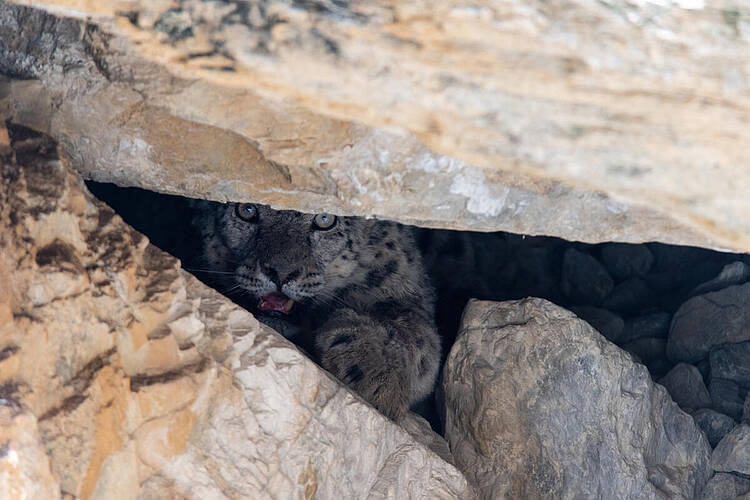
Reducing the costs of living with big cats
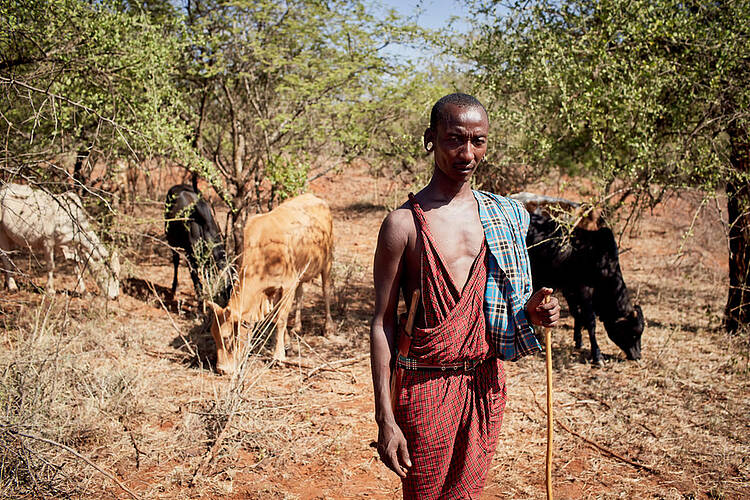
Increasing the value of living with big cats
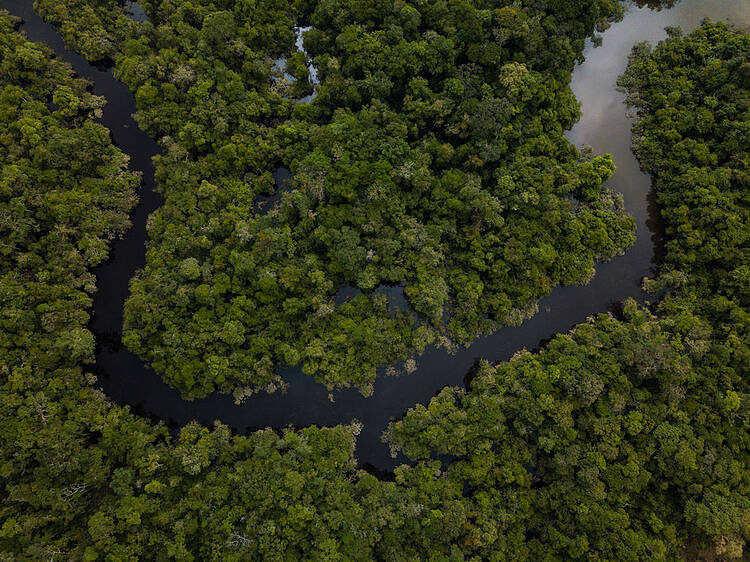
Promoting healthy and connected habitats
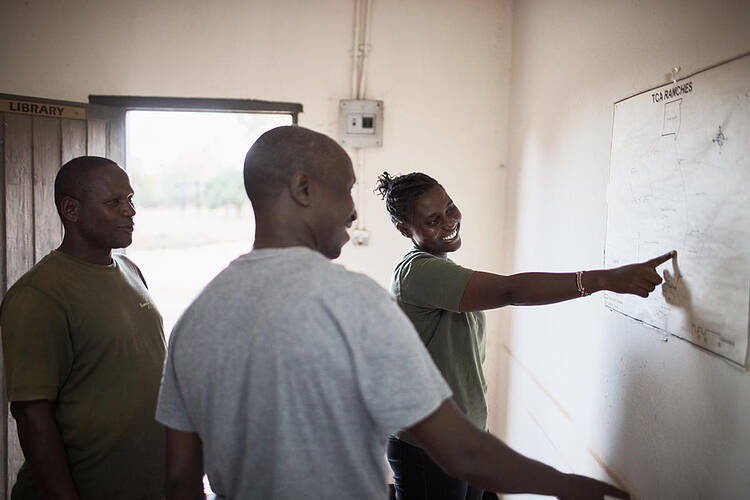
Advocating policy change
STORIES
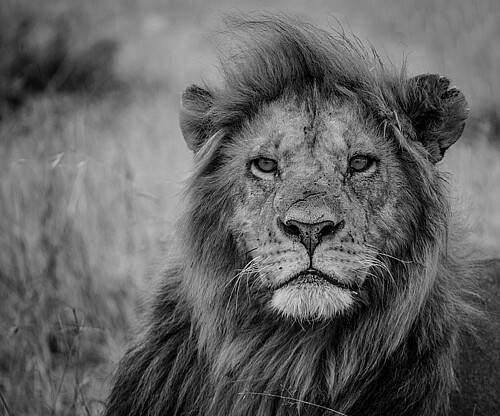
Did You Know This About Lions?

Lions need no introductions. They have been symbols of bravery, strength, and power. But do you know the following interesting facts about them?
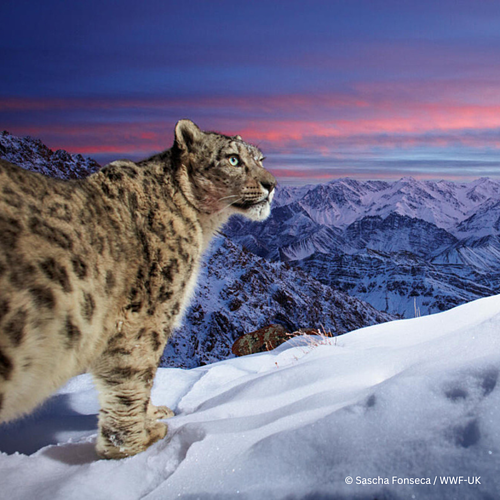
IN SEARCH OF THE SNOW LEOPARD
